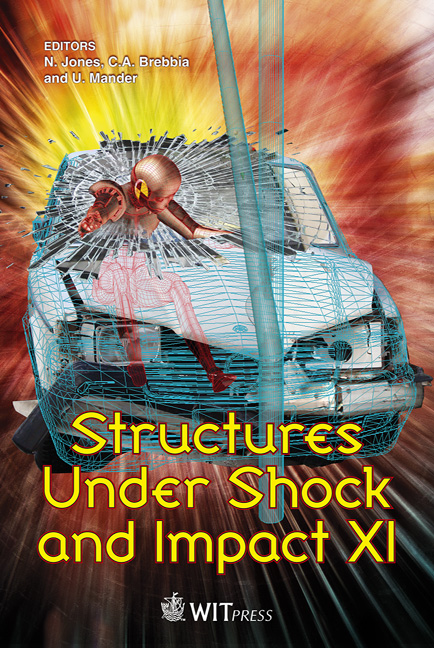An Experimental Comparison Of Half-scale Rockfall Protection Sandwich Structures
Price
Free (open access)
Transaction
Volume
113
Pages
12
Page Range
15 - 26
Published
2010
Size
803 kb
Paper DOI
10.2495/SU100021
Copyright
WIT Press
Author(s)
A. Heymann, S. Lambert, E. Haza-Rozier, G. Vinceslas & P. Gotteland
Abstract
Protection against falling rocks often requires the building of civil engineering structures such as soil reinforced embankments. A recent development consists of building a sandwich cellular structure for this purpose. Cellular structures are efficient technological solutions widely used in civil engineering for various applications. These structures also appear to be well suited to resist rockfall and to act as protective structures against impacts. This paper investigates the behaviour of three sandwich structures based on half-scale experiments. The 1.5 m high cellular sandwich structures were leaned against a concrete wall with the facing made of geocells filled with a coarse granular material. Three different granular materials were used for the kernel part of the sandwich (between the facing and the wall). The experiments were carried out with dead load \“pendular” impacts by a 260 kg spherical boulder with maximal impact energy of 10 kJ. The aim was to evaluate the ability of each kernel material for reducing the stress on the concrete wall. Keywords: impact, gabion, scrapped tyres. 1 Introduction Passive structural countermeasures against rockfall consist of structures placed in the vicinity of the elements at risks in order to intercept or deflect the rocks falling from slopes or cliffs. Among the possible structures, some are partly or totally constructed from natural granular materials as for instance galleries covered with cushion layers and embankments, the latter being appropriate for
Keywords
impact, gabion, scrapped tyres





